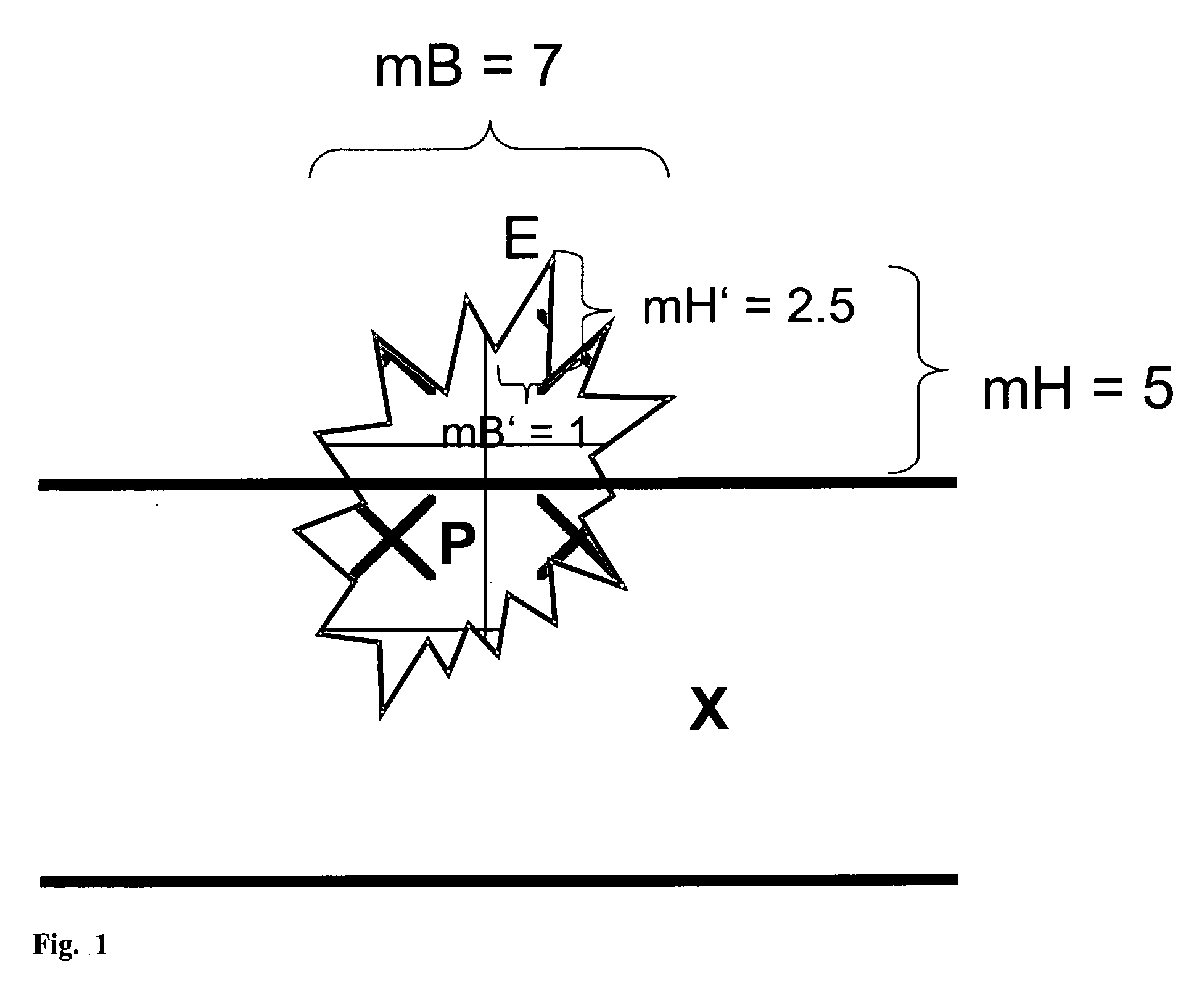Enhancing the watertightness of textile sheetlike constructions, textile sheetlike constructions thus enhanced and use thereof
a technology of textile sheets and watertightness, applied in the field of enhancing the watertightness of textile sheets, can solve the problems of preventing universal application of these materials, high price, and complicated manufacturing, and achieve the effect of reducing the permeability of liquid water and not reducing the water vapor permeability
- Summary
- Abstract
- Description
- Claims
- Application Information
AI Technical Summary
Benefits of technology
Problems solved by technology
Method used
Image
Examples
example 1
Opposed-Jet Mill
[0052] A polypropylene fibrous nonwoven web having a basis weight of 50 g / m2 was coated using an opposed-jet mill from Ulf Noll. The mill utilizes compressed air to accelerate particles which collide at high speed and are comminuted as a result. The great advantage of “product on product” mills is that there is no contamination with other materials and the wear is low. The sample was moved past the opposed-jet mill's outlet and sprayed with a mixture of particles and air. The mill air had a pressure of 0.5 bar and the distance from the opposed-jet mill's outlet to the web sample was 450 mm. The sifting wheel of the opposed-jet mill had a speed of 1560 rpm coupled with a nozzle diameter of 0.5 mm and a distance of 40 mm.
[0053] To verify watertightness, the fabric is stretched underneath a glass column 2.5 cm in diameter. The glass column is then gradually filled with water from the top. The filling operation was stopped once the second drop of water had been forced ...
example 2
[0054] A polypropylene fibrous nonwoven web having a basis weight of 50 g / m2 is placed into an electrostatic coating chamber (Surecoat, Nordson). The parameters listed hereinbelow were chosen for the electrostatic coating operation:
Pressure of atomizing air:0.5barPressure of pistol feed:1barPressure of fluidizing air:1barCurrent strength:25 mA at 40 kVParticles used:Aerosil VPLE 8241
[0055] The Aerosil® VPLE 8241 (Degussa AG) was applied directly to the lying web. The pistol was moved across the surface at a speed of about 6 m / min. The protruding VPLE 8241 was collected with an electrically uncharged metal roll by moving it across the treated web.
[0056] The behavior of the treated web was subsequently characterized. Water droplet bead-off was very good. Water did not pass through the treated web until the water column exceeded a hydrohead of 30 cm (measured to DIN EN 13562). An untreated polypropylene web was found to be incapable of supporting a water column.
PUM
| Property | Measurement | Unit |
|---|---|---|
| height | aaaaa | aaaaa |
| particle size | aaaaa | aaaaa |
| particle size | aaaaa | aaaaa |
Abstract
Description
Claims
Application Information
 Login to View More
Login to View More - R&D
- Intellectual Property
- Life Sciences
- Materials
- Tech Scout
- Unparalleled Data Quality
- Higher Quality Content
- 60% Fewer Hallucinations
Browse by: Latest US Patents, China's latest patents, Technical Efficacy Thesaurus, Application Domain, Technology Topic, Popular Technical Reports.
© 2025 PatSnap. All rights reserved.Legal|Privacy policy|Modern Slavery Act Transparency Statement|Sitemap|About US| Contact US: help@patsnap.com

